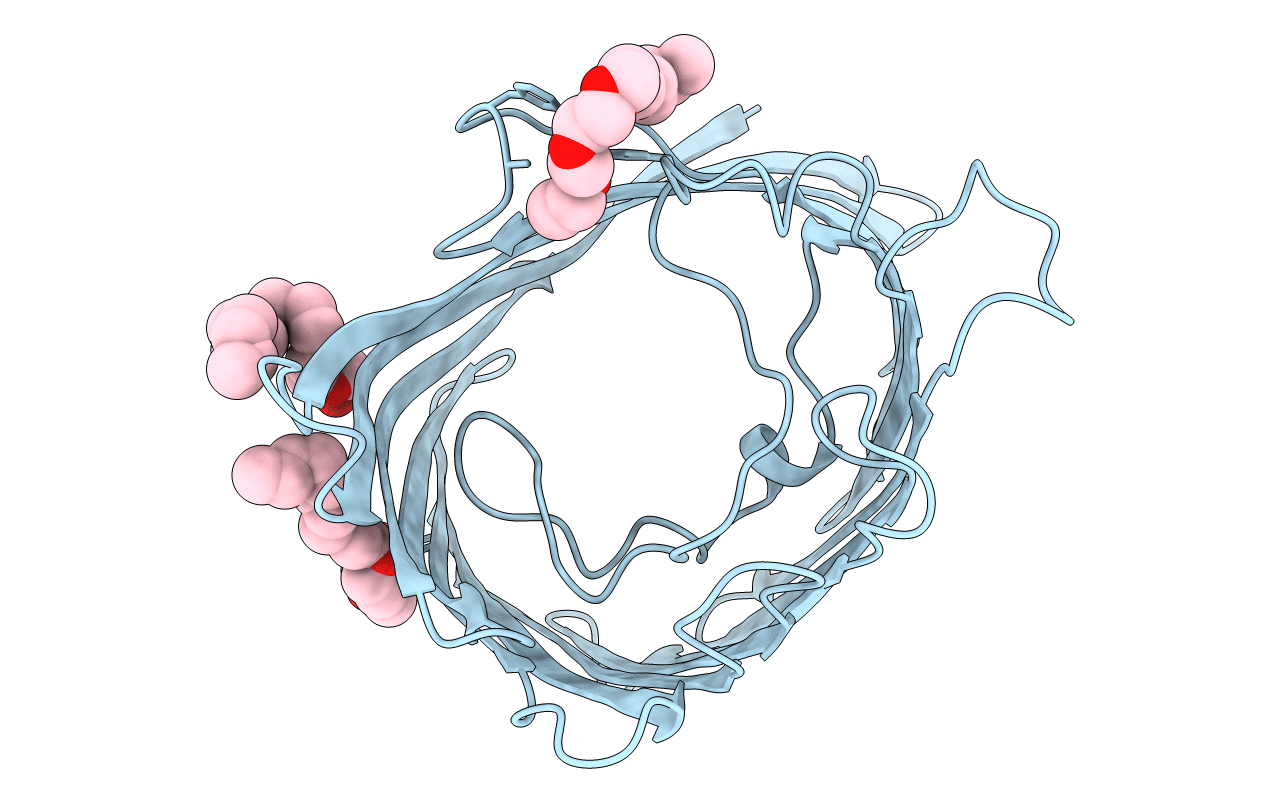
Deposition Date
1994-07-13
Release Date
1994-10-15
Last Version Date
2024-02-14
Entry Detail
PDB ID:
1PRN
Keywords:
Title:
REFINED STRUCTURE OF PORIN FROM RHODOPSEUDOMONAS BLASTICA AND COMPARISON WITH THE PORIN FROM RHODOBACTER CAPSULATUS
Biological Source:
Source Organism:
Rhodobacter blasticus (Taxon ID: 1075)
Method Details:
Experimental Method:
Resolution:
1.96 Å
R-Value Work:
0.17
R-Value Observed:
0.17
Space Group:
H 3


